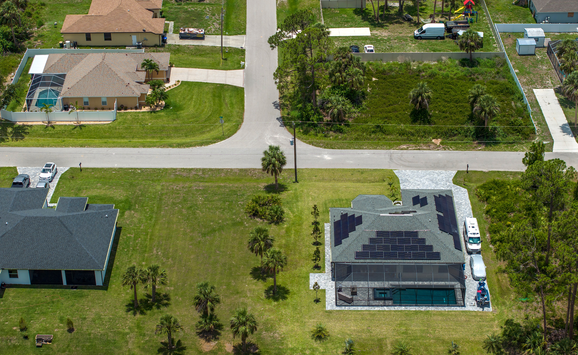Pollution's visibility is one measure of our nation's progress during the past fifteen years toward protecting public health from threats stemming from polluted water, land, and air. We have moved from efforts to remove black smoke clouds from the air, raw sewage from our streams, and sludge from our land to efforts to regulate microscopic amounts of chemicals measured in terms of parts per billion.
Another measure is the shift from acute to chronic health effects that now dominate our environmental concern. We have moved from efforts to remove pollution that causes immediate discomfort and sickness to efforts to remove pollution that causes sickness ten or twenty years after exposure. By both measures our nation is better off—our people somewhat healthier, our air and water somewhat cleaner than they were in the early 1970s.
Working at cross purposes
While we have made progress toward improved public health, to continue, we must integrate our often uncoordinated efforts at cleaning up water, air, and land. Too frequently, our policies have worked at cross purposes.
Our regulations concerning tall smoke-stacks have lowered the local measurements of industrial pollution, but they also pumped pollutants into the higher atmosphere, where they are transported long distances, mixed, and recombined into acids that now threaten our forests. These problems have been partially—but only partially—ameliorated by recent changes proposed by EPA.
Our requirements for water treatment plants have made wastewater discharge cleaner, but we have recently discovered that these plants are a major, unregulated source of volatile organic chemicals in the air.
Our requirements to "scrub" industrial emissions have reduced sulfur in the air, but the scrubber sludge that results is placed in landfills where rainwater leeches potentially harmful chemicals into the groundwater. (Now we are discovering that our energy efficiency policies may have conserved energy, but also resulted in flumes so sealed from ventilation that radon gas collects in them, threatening the health of the occupants.) Pushing pollution around does not necessarily improve public health. We must be smarter in the future.
The need for realism
As great a challenge is to be realistic and set priorities. Too often the Congress has passed laws setting forth goals that are transparently impossible. No matter what resources are made available to EPA, we will never be able to control simultaneously all pollutants that threaten public health. Nor can we regulate hazardous pollutants entirely out of existence. Recognizing that we cannot regulate every pollutant immediately, we must start with those that represent the greatest risk to public health. We must estimate how harmful a chemical is and how many people are exposed to it. The social consequence of overpromising is to engender cynicism and hostility; we should focus our well-meaning enthusiasm instead on implementing realistic goals. We must be more honest.
If we can improve our conceptual approach to environmental problems, if the Congress can pass rational laws that promise no more than can be delivered, and if our government can then deliver results no less than have been promised, we will continue to make progress toward improvements in the health and prosperity of our nation.

Bill Bradley is United States Senator from New Jersey. A Democrat, his committee assignments include Energy and Natural Resources.





